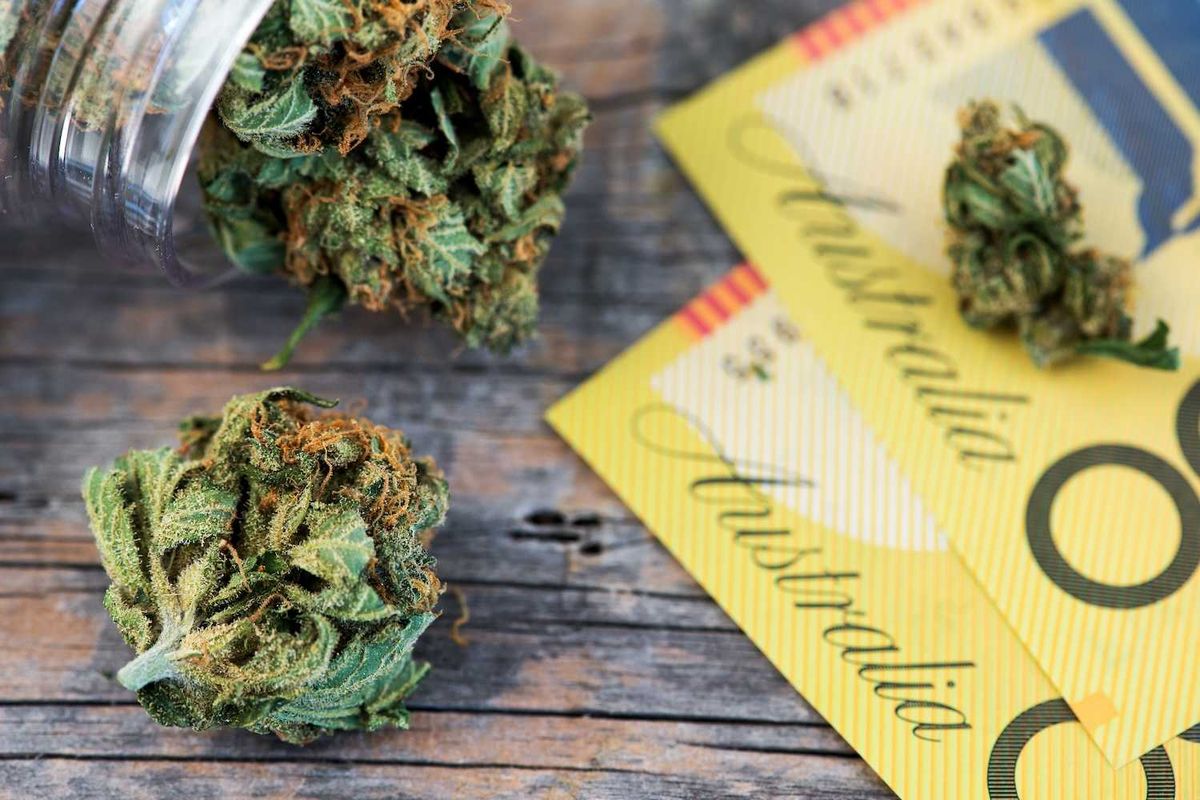Australia's Cannabis Import Quota Slashed Amid Surging Local Production
The country's import quota has been reduced from 101 tonnes to 88 tonnes.

Australia’s Office of Drug Control (ODC) said the country’s 2025 cannabis import quota has been reduced by the International Narcotics Control Board from 101 tonnes to 88 tonnes, Business of Cannabis reported.
Over-projected demand and idle permits that limited operational flexibility were cited as reasons for the reduction.
The country annually receives an import estimate based on forecast patient demand and stock level records. For 2025, the ODC reportedly received applications totaling around 150 tonnes.
“In practice, only half that amount was ever imported, as many permit holders either failed to use their approvals or imported substantially less than forecast,” Business of Cannabis said on Tuesday (October 28).
As a response, the ODC has made it a rule that companies that fail to import at least 75 percent of their approved volumes in 2025 will see their 2026 forecast reduced to match actual imports.
The aim of this action is to prevent overestimating import needs in the future, with repeat offenders possibly facing limits on future allocations. Importers will also be required to return unused or partly used permits and label requests for the following year to avoid double counting.
Elsewhere in the Australian cannabis space, the Department of Agriculture, Fisheries and Forestry (DAFF) has implemented a new packaging policy that became effective in September. Dried cannabis plant parts, except for seed, may now be imported in 10 gram packaging sizes without the need for inspection.
“(This) limitation has been determined to be a suitable remedial option to sufficiently mitigate the biosecurity risks associated with dried cannabis plant parts other than seed,” DAFF explained.
Legalisation of cannabis in Australia
Cannabis remains illegal in most parts of Australia. It was only in 2016 that medical cannabis was legalised in the country, and it remains subject to certain regulations to this day.
In September, the Therapeutic Goods Administration fined private cannabis company Dispensed AU$118,800 for allegedly advertising medicinal cannabis illegally and issued a formal warning. This establishes the government’s continued efforts to enforce cannabis advertising rules under the Therapeutic Goods Act.
In the context of recreational cannabis, the Parliamentary Budget Office said that the Australian Greens party published a proposal in May to explore a legal recreational cannabis scheme.
It suggests establishing a Cannabis Australia National Agency (CANA) to oversee production and sales under a tightly regulated model. Included in CANA’s responsibilities would be the management of the legalisation and regulation of recreational cannabis and the issuance of licences to growers and retailers.
It would serve as the exclusive wholesaler and would set wholesale prices based on street value.
The proposal outlines a start date of July 1, 2025 for CANA, with a ramp-up period of approximately four months. However, no further updates had been made at the time of this writing.
New flowers bloom in Australia
Medical cannabis producer Puro sees Australia as the world's “fastest-expanding medical cannabis market."
“Currently valued at US$230 million (NZ$400 million), this dynamic market is projected to reach US$1.15 billion with an extraordinary 30.1percent compound annual growth rate through 2033,” the company states on its website.
Puro said in an email to the Investing News Network that it is now supplying two new live-dried flowers to Australian patients through its partnership with Cannatrek, previously known as Heyday Medical.
The two flowers are called Oreoz THC and Ultra Pink CBD.
Oreoz THC is described as a hybrid strain with indica traits, known for its rich chocolate, tobacco and dessert-like flavours. Its buds are dense, covered in trichomes and come in green and purple tones. Ultra Pink CBD, grown in Kekerengu’s upper fields, is a potent CBD strain with sweet berry and wildflower aromas, with striking pink stigmas.
“Both products showcase the vibrant colours, robust flavours, and exceptional quality our live-dried process delivers, and we know they’ll be highly sought after across the ditch," the company said.
Don’t forget to follow us @INN_Australia for real-time news updates!
Securities Disclosure: I, Gabrielle de la Cruz, hold no direct investment interest in any company mentioned in this article.

